Looking for ways to ease mild headaches without relying on medication? Exploring alternative methods can change your life. Many people look for effective, non-medication solutions to ease their headache pain.
There are simple, non-invasive techniques to help with mild headaches. This article will show you 7 effective approaches to soothe your headaches without medication. We’ll cover hydration to relaxation techniques, helping you feel better.
Key Takeaways
- Discover 7 effective methods to relieve mild headaches without pills.
- Learn how hydration can play a crucial role in headache prevention.
- Discover how calming scents and mindful relaxation can naturally soothe headaches.
- Understand the importance of lifestyle changes in managing headaches.
- Find out how to combine these methods for optimal relief.
Understanding Different Types of Mild Headaches
Knowing what kind of mild headache you have is important for treating it. Mild headaches fall into several categories.
Tension Headaches: The Most Common Type
Tension headaches are the most common mild headache. It often feels like pressure or tightness wrapped across your forehead. Stress and muscle tension often cause them.
Dehydration-Related Headaches
Dehydration is a common cause of mild headaches. Dehydration from fluid loss can trigger or intensify headache discomfort. Drinking enough water helps prevent these headaches.
Eye Strain and Sinus Headaches
Long use of digital devices can lead to eye strain and headaches. Sinus headaches happen when your sinuses get inflamed or infected. Recognizing the signs early can lead to faster and more effective relief.
Headache experts say it’s key to know the type of headache you have for effective management.
“The key to managing headaches lies in identifying their cause and applying the appropriate remedy.”
How Lifestyle Factors Trigger Headache Pain
Your daily habits and lifestyle choices can greatly affect your headaches. Identifying your headache triggers is key to avoiding future flare-ups.
Stress and Its Impact on Headache Frequency
Stress is a big headache trigger. Stress activates your body’s survival mode, which can heighten pain sensitivity. This causes muscle tension, including in your neck and scalp. Built-up tension in your body may contribute to more intense headaches.
Relaxation techniques like deep breathing or meditation can help manage stress. Taking the right steps can help lower the frequency of your headaches.
Poor Posture and Neck Tension
Poor posture, like when working or using digital devices, strains your neck and shoulders. This strain can cause tension headaches. Good posture and stretching breaks can help prevent this.
Screen Time and Digital Eye Strain
Long screen time can cause eye strain, a common headache trigger. The 20-20-20 rule can help. Use the 20-20-20 technique—look at an object 20 feet away for 20 seconds every 20 minutes to reduce eye strain.
Sleep Patterns and Headache Development
Inconsistent or restless sleep is a common trigger for headaches. A regular sleep schedule and a sleep-friendly environment can prevent sleep-related headaches.
Hydration: Your First Line of Defense Against Headaches
Dehydration often causes headaches. Drinking enough water helps keep your body balanced and can prevent headaches. Learning about hydration is key to managing and stopping headaches.
How Dehydration Leads to Headache Pain
Not drinking enough water lowers blood volume. When circulation is poor, your brain may receive reduced oxygen and nourishment. This can start pain in your head. Also, dehydration messes with your body’s salt and mineral levels, making headaches worse.
Optimal Daily Water Intake Guidelines
Experts say to drink eight 8-ounce glasses of water daily. But, your needs can change based on where you live, how active you are, and your health. A better way is to drink half an ounce of water for every pound of your body weight.
Hydrating Foods and Beverages to Consider
Drinking water isn’t the only way to stay hydrated. You can also eat foods and drink beverages that help. Here are some:
- Watermelon
- Cucumbers
- Herbal teas
- Clear broths
Signs Your Headache Is Dehydration-Related
If you have a headache, look for these signs it might be from dehydration:
- Dry mouth
- Dark yellow or amber-colored urine
- Fatigue
- Dizziness
Drinking water can often help ease headache pain. You might not need medicine.
Cold and Warm Compress Techniques for Instant Relief
Temperature therapy is a simple way to ease headaches. It uses cold or warm compresses on the head or neck. This method helps reduce pain.
When to Use Cold Therapy for Headaches
Cold therapy works well for headaches caused by swelling or tight muscles. A cold compress can constrict blood vessels and provide quick relief from headache discomfort. This reduces pain. Wrap a frozen gel pack or even a bag of peas in a towel to use as a quick cold remedy.
When Warm Compresses Work Better
Warm compresses are good for tension headaches. They relax muscles in your neck and head. Heat encourages better circulation and relaxes tight muscles that may be causing pain.
DIY Compress Methods and Application Tips
Making your own compress is easy. To make a simple cold compress, dampen a cloth, seal it in a plastic bag, and place it in the fridge or freezer. For warm, soak a cloth in hot water, wring it out, and use it.
Duration and Frequency Recommendations
Use cold or warm compresses for 15-20 minutes at a time. You can do this several times a day. Adjust the temperature and time based on what feels right for you.
Essential Oils as Natural Remedies for Mild Headaches
Looking for natural ways to ease headaches? Essential oils might be the answer. These natural extracts have helped people for centuries, including those with headaches.
Peppermint Oil: Application and Benefits
Peppermint oil is widely used to soothe headaches—its cooling effect can relax muscles and reduce discomfort. Apply it to your temples or neck. But, mix it with a carrier oil like coconut or jojoba to avoid skin problems.
Lavender Oil for Stress-Related Headaches
Lavender oil is great for calming stress headaches. You can breathe it in from a cloth, add it to your bath, or use a diffuser. It helps relax and may cut down on headaches.
Eucalyptus and Rosemary Alternatives
Eucalyptus and rosemary oils are also good for headaches. Eucalyptus can clear your sinuses, helping with sinus headaches. Rosemary might improve blood flow and ease tension. Always dilute them properly for safe use.
Safety Precautions When Using Essential Oils
Essential oils are helpful but must be used carefully. Dilute essential oils with a carrier oil before applying to the skin to avoid irritation. Do a patch test to avoid allergic reactions. Also, talk to a doctor before using them if you have health issues or are pregnant.
Incorporating essential oils into your daily routine may naturally ease mild headache symptoms.
Massage and Acupressure Points for Headache Relief
Learn how massage and acupressure can ease headache pain without drugs. These methods are natural and effective for reducing tension and pain.
Temple and Neck Massage Techniques
Massaging your temples and neck can help with headache relief. Massage your temples with light, circular motions using your fingertips to relieve tension. For your neck, massage the muscles on both sides of your spine with your thumbs, starting from the base of your skull and moving down.
The LI-4 Pressure Point Between Thumb and Index Finger
The LI-4 point, found between your thumb and index finger, is great for headaches. Press firmly with your opposite thumb for a few minutes. This can ease pain and tension.
Other Effective Acupressure Points for Headaches
There are more acupressure points for headache relief. Acupressure points like GB21 (neck), Yintang (forehead), and LI4 (hand) may help reduce headache intensity.
Tools and Techniques for Self-Massage
For self-massage, use your fingers or tools like a tennis ball or foam roller. Apply pressure, roll, or knead the areas that hurt. Doing this regularly can lessen how often and how bad your headaches are.
Relaxation and Stress-Reduction Methods
Adding stress-reduction methods to your daily life can lessen headache pain. These techniques are not just for managing stress. They help create a lifestyle that prevents headaches from happening.
Deep Breathing Exercises for Immediate Relief
Deep breathing exercises can quickly ease headache pain by soothing your nervous system. Sit or lie comfortably, breathe in deeply through your nose, pause for a few seconds, and then exhale slowly through your mouth. Do this several times.
Slow, deep breathing helps relieve stress and relax the body, both common headache triggers. It calms your mind and body, reducing headache frequency and severity.
Meditation Practices for Pain Management
Meditation is a strong tool for managing headache pain. It reduces stress, boosts mood, and improves overall well-being. Start with guided meditation apps or videos that focus on pain and relaxation.
“Meditation allows you to watch your thoughts without trying to control or judge them.”
Gentle Yoga Poses for Headache Relief
Gentle yoga poses ease headache tension by relaxing muscles and improving blood flow. Child’s pose, downward-facing dog, and seated forward bend are good choices. If a stretch or yoga pose feels painful, it’s best to stop and adjust to avoid strain.
Progressive Muscle Relaxation Technique
This technique includes tightening and then releasing specific muscles to promote overall relaxation. Start with your toes and move up to your head, holding each group for a few seconds before releasing. It reduces physical tension and promotes relaxation.
Dietary Adjustments That Prevent Headaches
Your diet is key in preventing headaches. It offers natural ways to fight off mild headaches. By choosing the right foods, you can cut down on headaches.
Magnesium-Rich Foods for Headache Prevention
Magnesium helps prevent headaches. Eating foods rich in magnesium can help. Here are some great options:
- Dark leafy greens like spinach and kale
- Nuts and seeds, like almonds and pumpkin seeds
- Whole grains, such as brown rice and quinoa
Adding these to your meals keeps magnesium levels up. This can lower your chances of getting headaches.
The Role of Caffeine: Friend or Foe?
Caffeine’s effect on headaches is mixed. It can help by tightening blood vessels, but too much can cause headaches. It’s important to drink it in moderation. Watch your intake from coffee, tea, and chocolate.
Common Food Triggers to Avoid
Staying away from certain foods can lessen headaches. Here are some common ones to avoid:
- Processed meats with nitrates
- Foods with MSG
- Cheese and dairy for those sensitive to it
Anti-Inflammatory Foods That Help Reduce Pain
Eating foods that fight inflammation can ease headache pain. Some good choices are:
- Fatty fish like salmon, full of omega-3s
- Turmeric, with curcumin
- Ginger, for its anti-inflammatory effects
These foods not only prevent headaches but also boost your overall health.
Conclusion: Creating Your Personalized Headache Relief Plan
You now know 7 natural ways to ease mild headaches without pills. These include staying hydrated, using cold or warm compresses, and practicing relaxation. You can also make dietary changes to help.
Think about what works for you by reflecting on your experiences. Take a close look at daily habits—your stress levels, sleep patterns, and eating choices all play a role in headache relief.. This will help you create a plan that’s just right for you.
By adding these natural methods to your daily life, you can use less medicine. Start with small changes and see how they affect your headaches.
Trying out these natural remedies can make it easier to keep mild headaches under control. You’ll improve your overall health and find the best method for you.


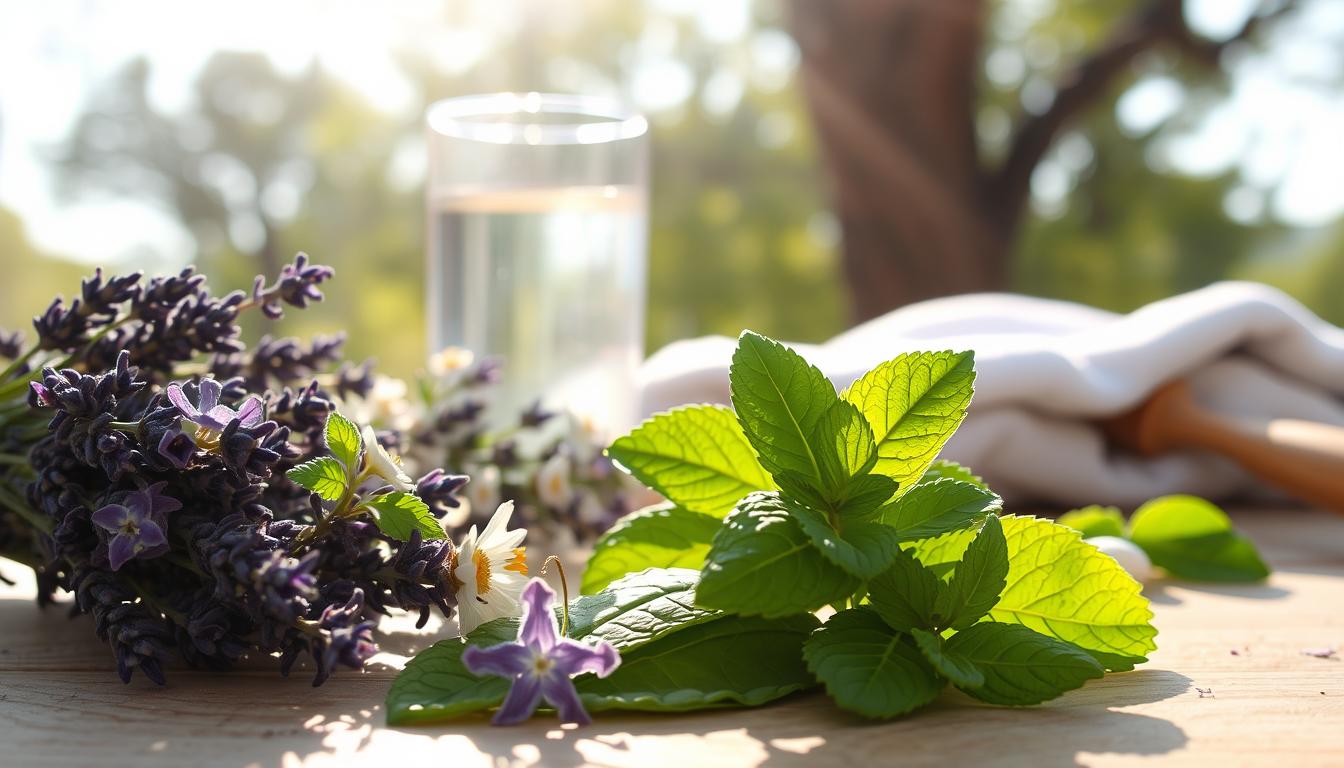
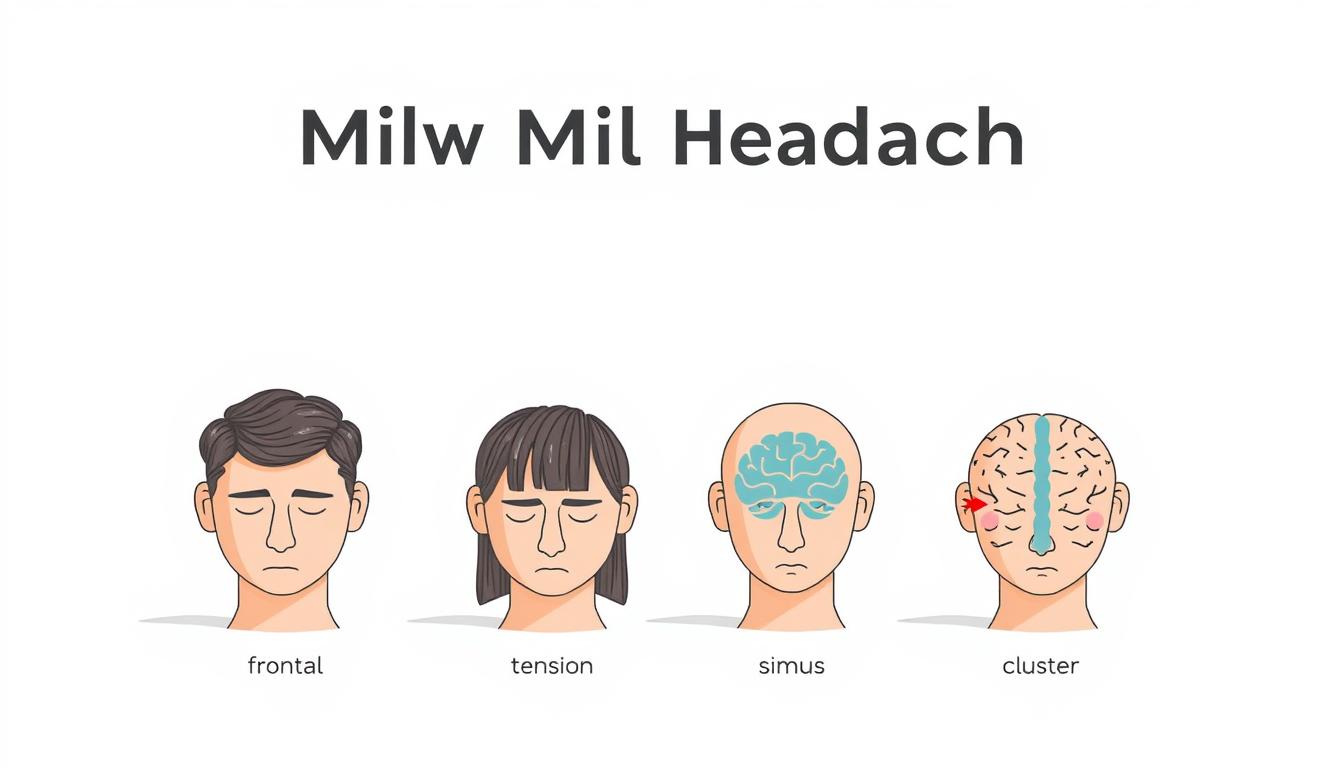
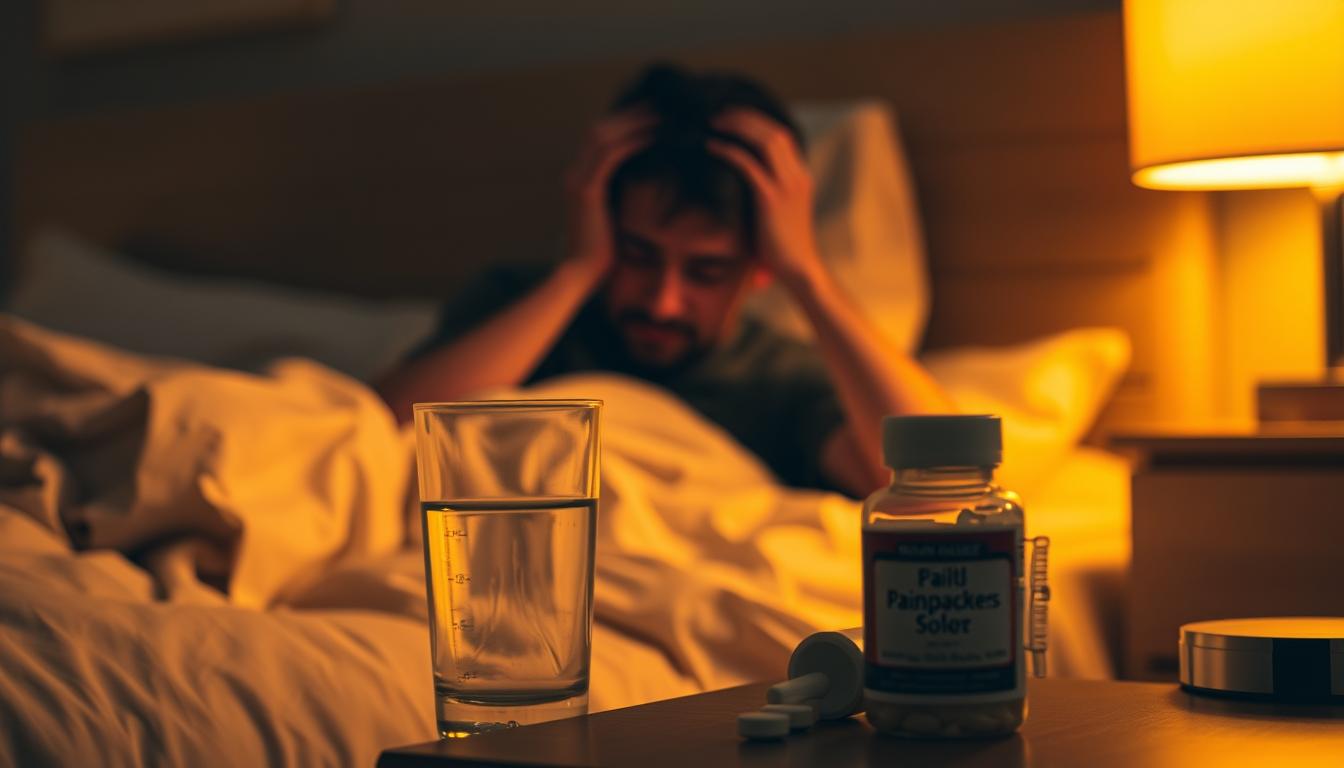
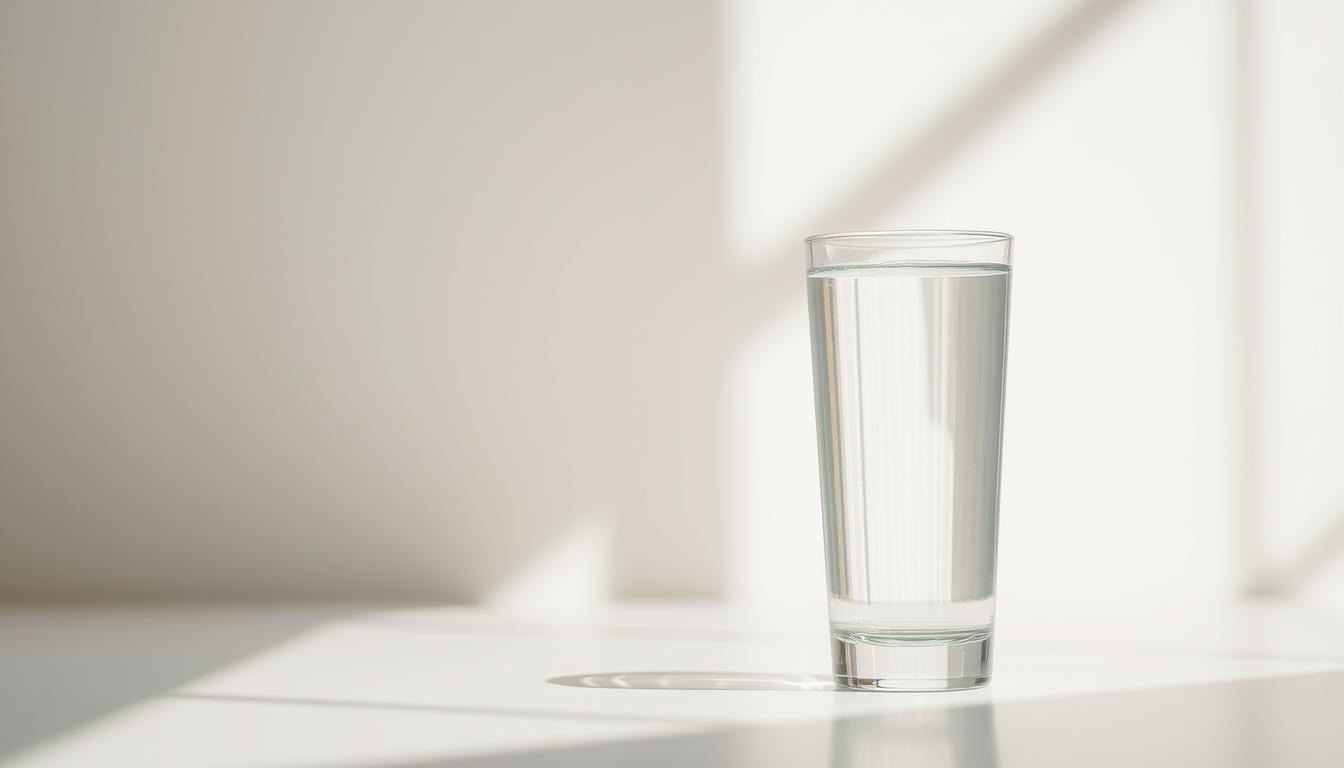


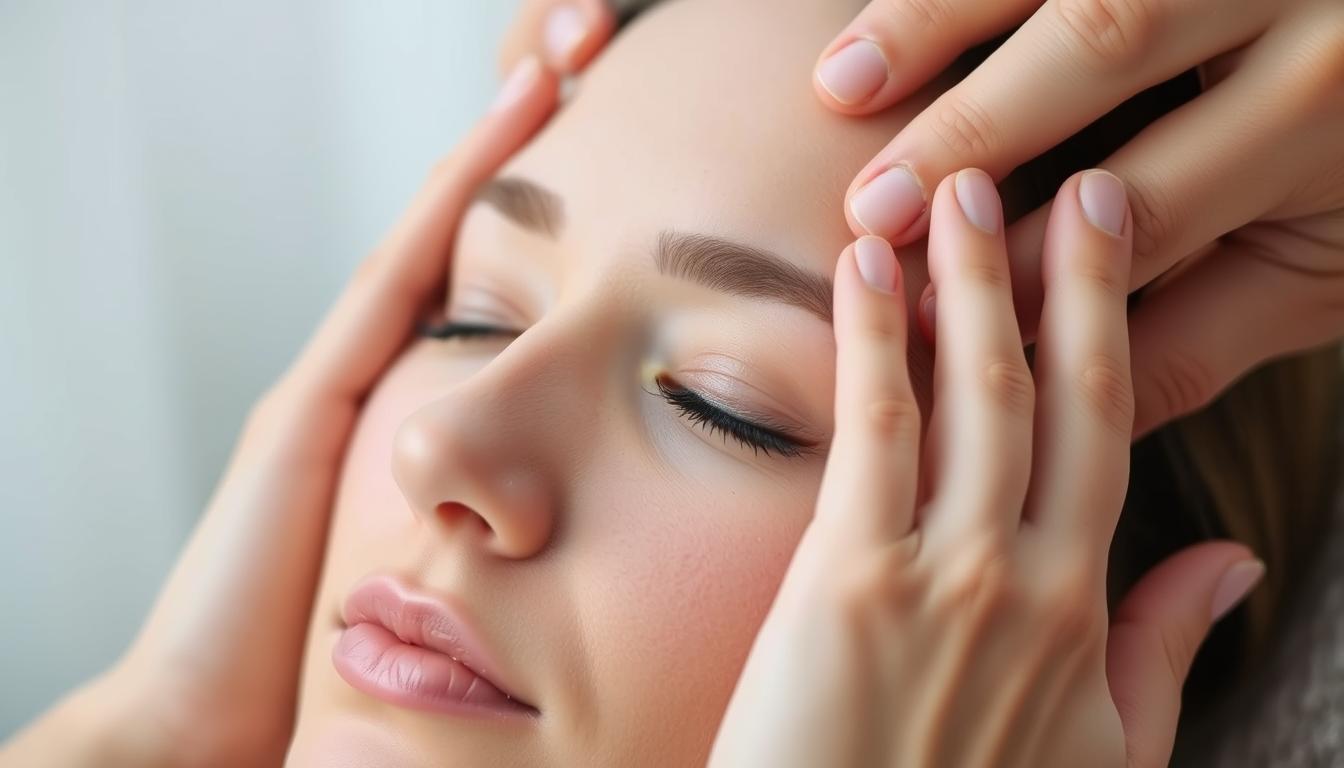


GIPHY App Key not set. Please check settings